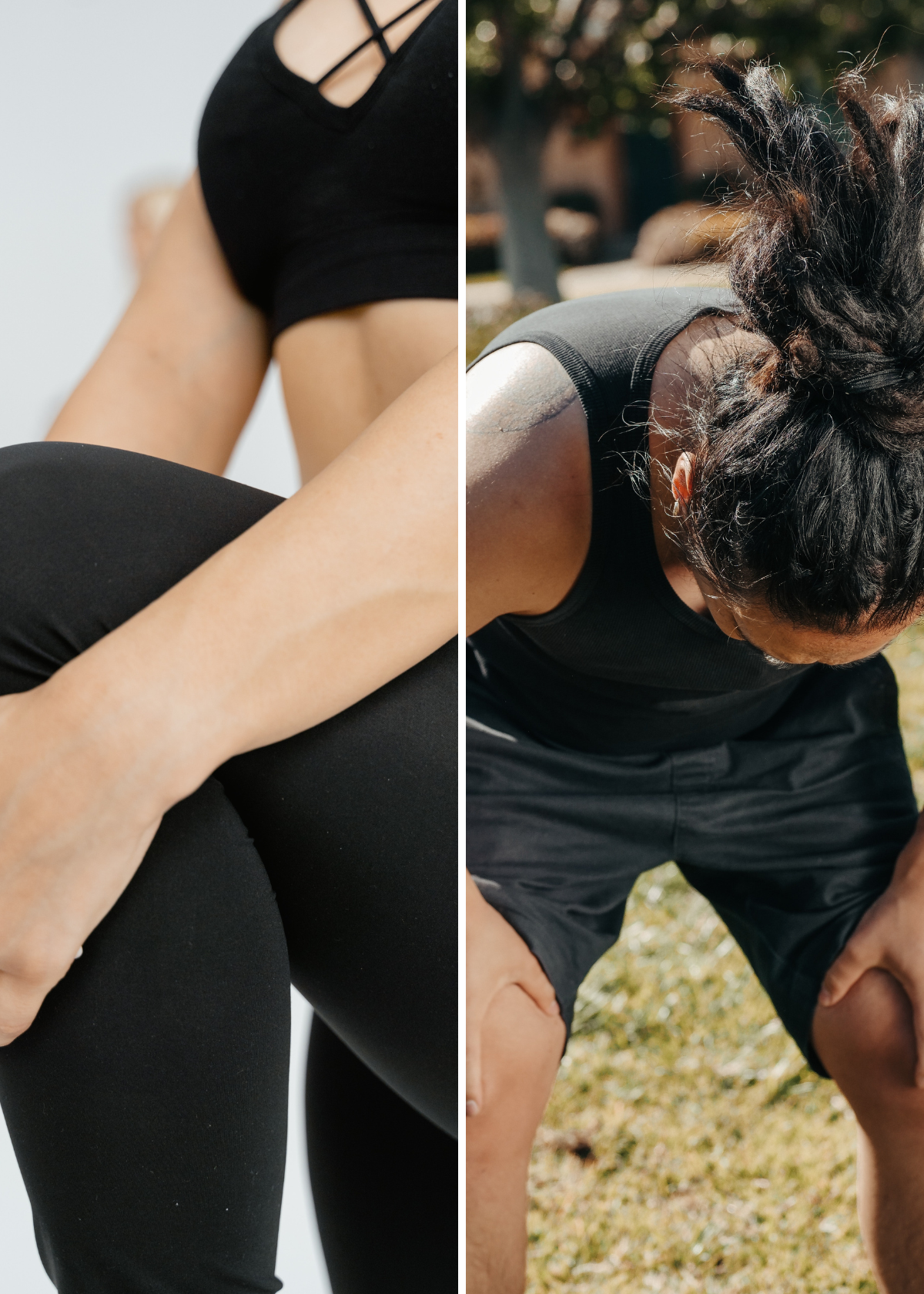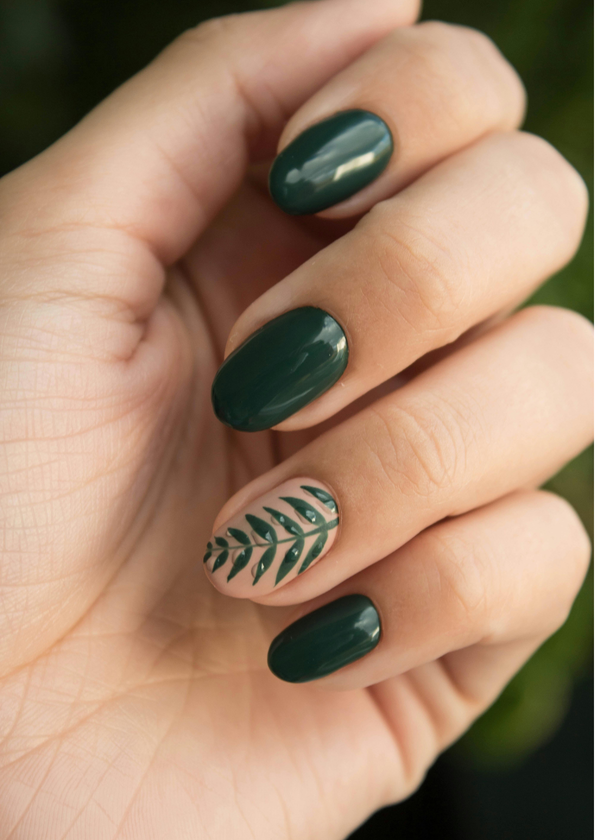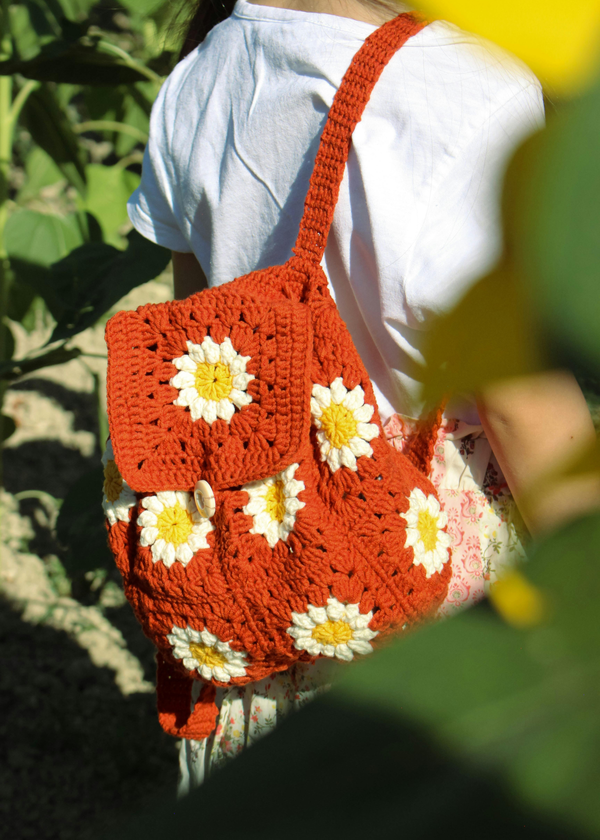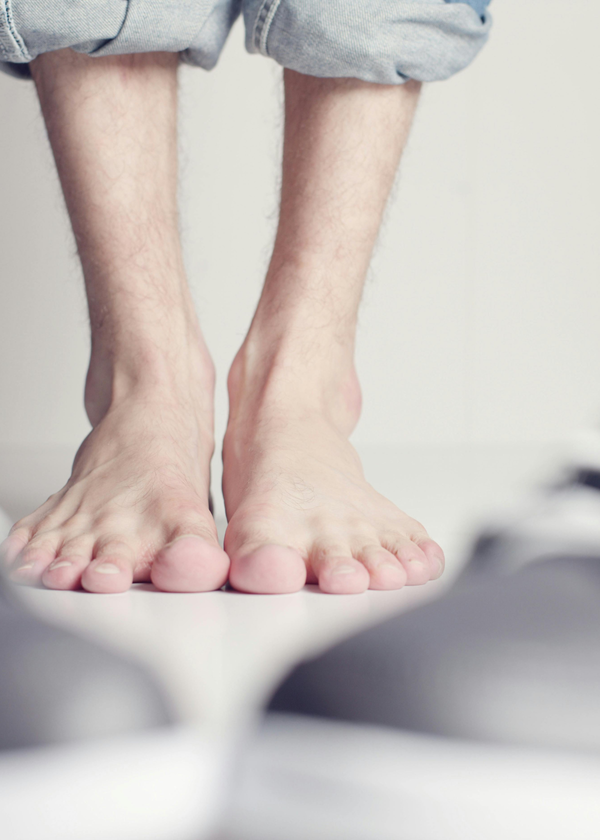Knee pain is a common ailment that affects millions of people worldwide. Whether you're a professional athlete, a fitness enthusiast, or simply someone going about their daily activities, the discomfort and limitations caused by knee pain can be a significant hindrance.
To effectively address knee pain, it's essential to understand its underlying causes, which often involve specific pressure points within the knee joint.
In this comprehensive guide, we will explore the pressure points for knee pain, delving into the anatomy of the knee, common causes, symptoms, and various solutions to alleviate and prevent knee discomfort.
Anatomy of the Knee
Before we can pinpoint the pressure points associated with knee pain, it's vital to grasp the complex anatomy of the knee joint.
The knee is the largest joint in the human body and is responsible for various movements, such as bending, straightening, and twisting. It comprises several crucial structures:
- Bones: The knee joint primarily involves three bones: the femur (thigh bone), the tibia (shin bone), and the patella (knee cap). These bones work together to provide stability and flexibility to the joint.
- Ligaments: Ligaments are strong, fibrous bands that connect bones to each other. In the knee, the four major ligaments are the anterior cruciate ligament (ACL), posterior cruciate ligament (PCL), medial collateral ligament (MCL), and lateral collateral ligament (LCL). Ligaments help prevent excessive movement and provide support to the knee joint.
- Menisci: The knee also contains two wedge-shaped cartilage structures called menisci (plural of meniscus). The menisci act as shock absorbers, cushioning the joint and aiding in stability.
- Muscles and Tendons: Muscles surrounding the knee, such as the quadriceps and hamstrings, are responsible for generating movement. Tendons connect these muscles to the bones, allowing for coordinated joint action.
Now that we have a basic understanding of the knee's anatomy, let's delve into the pressure points that can lead to knee pain.
Common Pressure Points for Knee Pain
- Patellofemoral Joint: One of the primary pressure points associated with knee pain is the patellofemoral joint—the area where the kneecap (patella) articulates with the femur. This joint is susceptible to conditions like patellofemoral pain syndrome, where the cartilage beneath the kneecap becomes irritated or damaged, causing pain, especially during activities that involve bending the knee.
- Medial and Lateral Menisci: As mentioned earlier, the menisci are crucial for shock absorption and stability. If these structures are torn or damaged due to injury or degeneration, it can lead to localized pain and restricted knee movement. The medial meniscus is more commonly affected than the lateral meniscus.
- Cruciate Ligaments (ACL and PCL): The anterior cruciate ligament (ACL) and posterior cruciate ligament (PCL) are situated deep within the knee joint, and they play a pivotal role in stabilizing the joint during movements. Injuries to these ligaments, often caused by sudden twisting or impacts, can result in significant pain, swelling, and instability.
- Collateral Ligaments (MCL and LCL): The medial collateral ligament (MCL) and lateral collateral ligament (LCL) provide lateral stability to the knee. Strain or injury to these ligaments can lead to pain on the inner (MCL) or outer (LCL) aspect of the knee.
- Quadriceps and Hamstrings Tendons: The tendons of the quadriceps (front thigh muscles) and hamstrings (back thigh muscles) can become inflamed or strained, leading to pain around the knee. This is particularly common among athletes or individuals who engage in activities that involve repetitive knee movements.
Now that we've identified the pressure points within the knee joint that can lead to pain, let's explore the causes and symptoms associated with these issues.
Causes and Symptoms of Knee Pain
Patellofemoral Pain Syndrome (PFPS):
- Causes: PFPS can result from overuse, muscle imbalances, improper tracking of the kneecap, or injury.
- Symptoms: Patients with PFPS often experience a dull, aching pain around or behind the kneecap. Pain may worsen with activities like climbing stairs, kneeling, or sitting for extended periods.
Meniscal Tears:
- Causes: Meniscal tears can occur due to sudden twisting or degenerative changes in the knee.
- Symptoms: Common symptoms include pain, swelling, and a catching or locking sensation in the knee. Torn menisci can lead to instability and limited range of motion.
Cruciate Ligament Injuries:
- Causes: ACL and PCL injuries are often the result of sports-related activities, sudden stops, or hyperextension of the knee.
- Symptoms: These injuries typically cause immediate pain and swelling. Individuals may also report a sensation of the knee "giving way" during movement.
Collateral Ligament Injuries:
- Causes: MCL and LCL injuries usually result from direct blows to the knee or sudden lateral movements.
- Symptoms: Pain and swelling along the inner or outer aspect of the knee are common. Stability may be compromised.
Tendonitis:
- Causes: Tendonitis can be caused by overuse, repetitive movements, or muscle imbalances.
- Symptoms: Pain, tenderness, and swelling around the affected tendon are characteristic symptoms. Pain may worsen with activity.
Diagnosing Knee Pain
If you're experiencing persistent knee pain, it's essential to seek a proper diagnosis from a healthcare professional. Diagnosis typically involves:
- Physical Examination: The healthcare provider will assess your knee's range of motion, stability, and tenderness.
- Imaging: X-rays, MRI scans, or ultrasound may be used to visualize the structures within the knee and identify any damage or abnormalities.
- Labs Tests: In some cases, blood tests may be ordered to rule out underlying conditions like rheumatoid arthritis or infections.
Once a diagnosis is established, the appropriate treatment plan can be determined.
Treatment and Management
The treatment of knee pain depends on the underlying cause and severity of the condition. Here are some common approaches to managing knee pain:
- Rest and Activity Modification: In many cases, reducing or modifying activities that exacerbate the pain can provide relief. Rest allows the injured tissues to heal.
- Physical Therapy: Physical therapists can design exercise programs to strengthen the muscles around the knee, improve joint stability, and enhance flexibility.
- Medications: Over-the-counter pain relievers like ibuprofen or prescription medications may be recommended to manage pain and inflammation.
- Bracing and Support: Wearing a knee brace or using crutches can help provide support and reduce stress on the joint during the healing process.
- Injections: Corticosteroid injections can be used to reduce inflammation in the knee joint, providing temporary relief. Hyaluronic acid injections may also be considered for knee osteoarthritis.
- Surgery: In severe cases, surgical intervention may be necessary. Procedures can range from arthroscopy (minimally invasive) to ligament reconstruction or knee replacement surgery.
- Lifestyle Modifications: Weight management and adopting a healthy lifestyle can help reduce stress on the knee joint and prevent further damage.
Preventing Knee Pain
Prevention is often the best strategy when it comes to knee pain. Here are some tips to reduce the risk of developing knee issues:
- Maintain a Healthy Weight: Excess weight can strain the knee joints. Maintaining a healthy weight can significantly reduce the risk of knee problems.
- Stay Active: Regular exercise, including strength training and flexibility exercises, can help keep the muscles around the knee strong and supportive.
- Proper Warm-up and Stretching: Prior to engaging in physical activity, it's crucial to warm up and perform appropriate stretches to prepare the knee joint and surrounding muscles.
- Use Proper Techniques: Whether you're lifting weights, running, or participating in sports, using correct techniques can prevent unnecessary strain on the knees.
- Wear Appropriate Footwear: Ensure your shoes provide adequate support and cushioning, especially if you engage in activities that involve impact on the knees.
- Avoid Overtraining: Overtraining and repetitive motions can increase the risk of knee injuries. Incorporate rest days into your exercise routine.
Conclusion
In conclusion, understanding the pressure points for knee pain is essential for both prevention and effective treatment.
The knee joint is a complex structure composed of bones, ligaments, tendons, and cartilage—all of which can contribute to pain when affected.
Identifying the specific cause of knee pain through a proper diagnosis is crucial for determining the most appropriate treatment plan.
Whether you're dealing with patellofemoral pain, meniscal tears, ligament injuries, or tendonitis, a combination of rest, physical therapy, medications, and, in some cases, surgery can help alleviate pain and restore knee function.
Remember that prevention plays a vital role in maintaining healthy knees. By adopting a healthy lifestyle, staying active, and using proper techniques, you can reduce the risk of developing knee issues and enjoy a pain-free life.
If you experience persistent knee pain, don't hesitate to consult a healthcare professional for a personalized assessment and treatment plan. Your knees are the foundation of your mobility, so taking care of them is an investment in your overall well-being.








